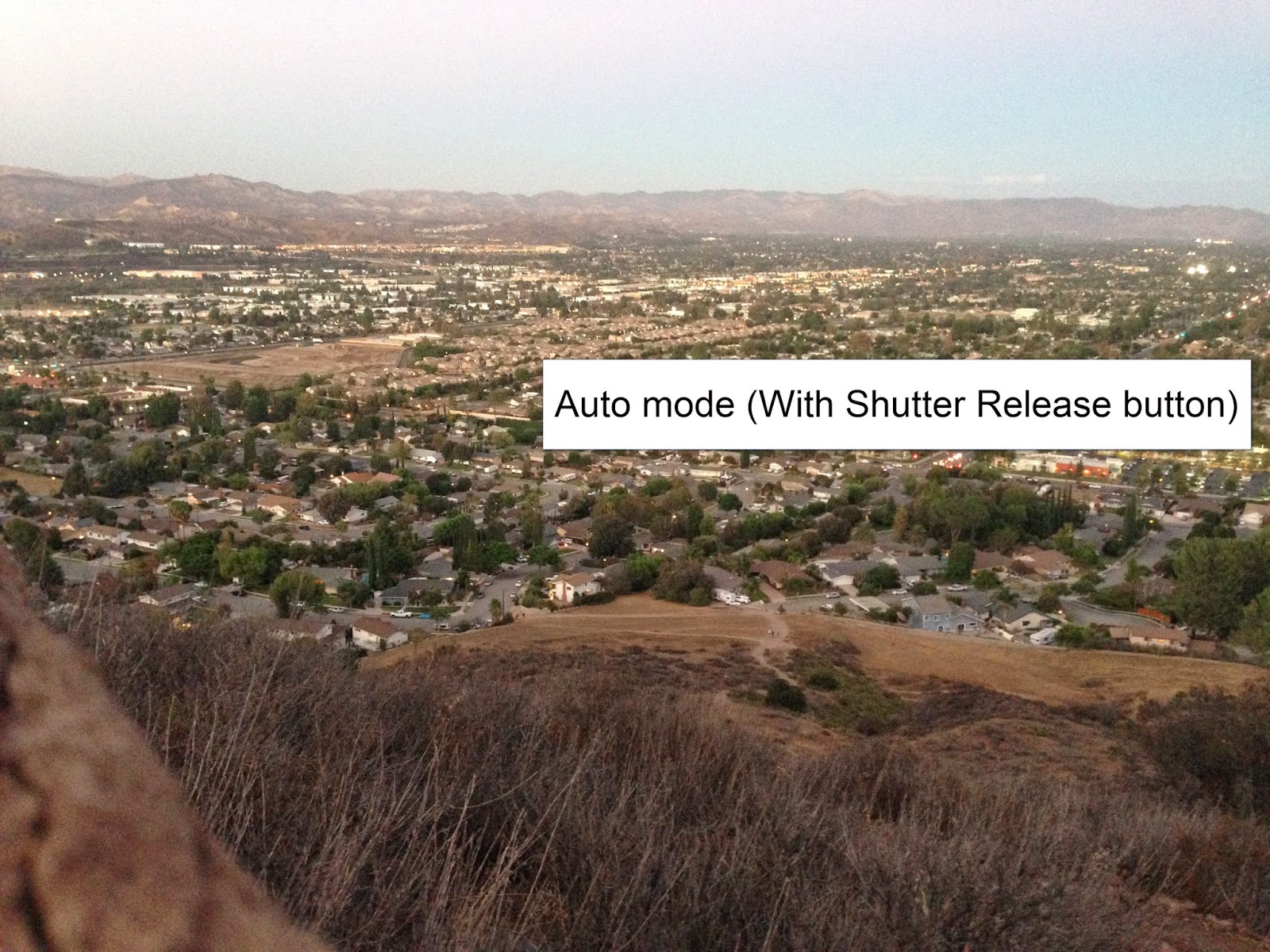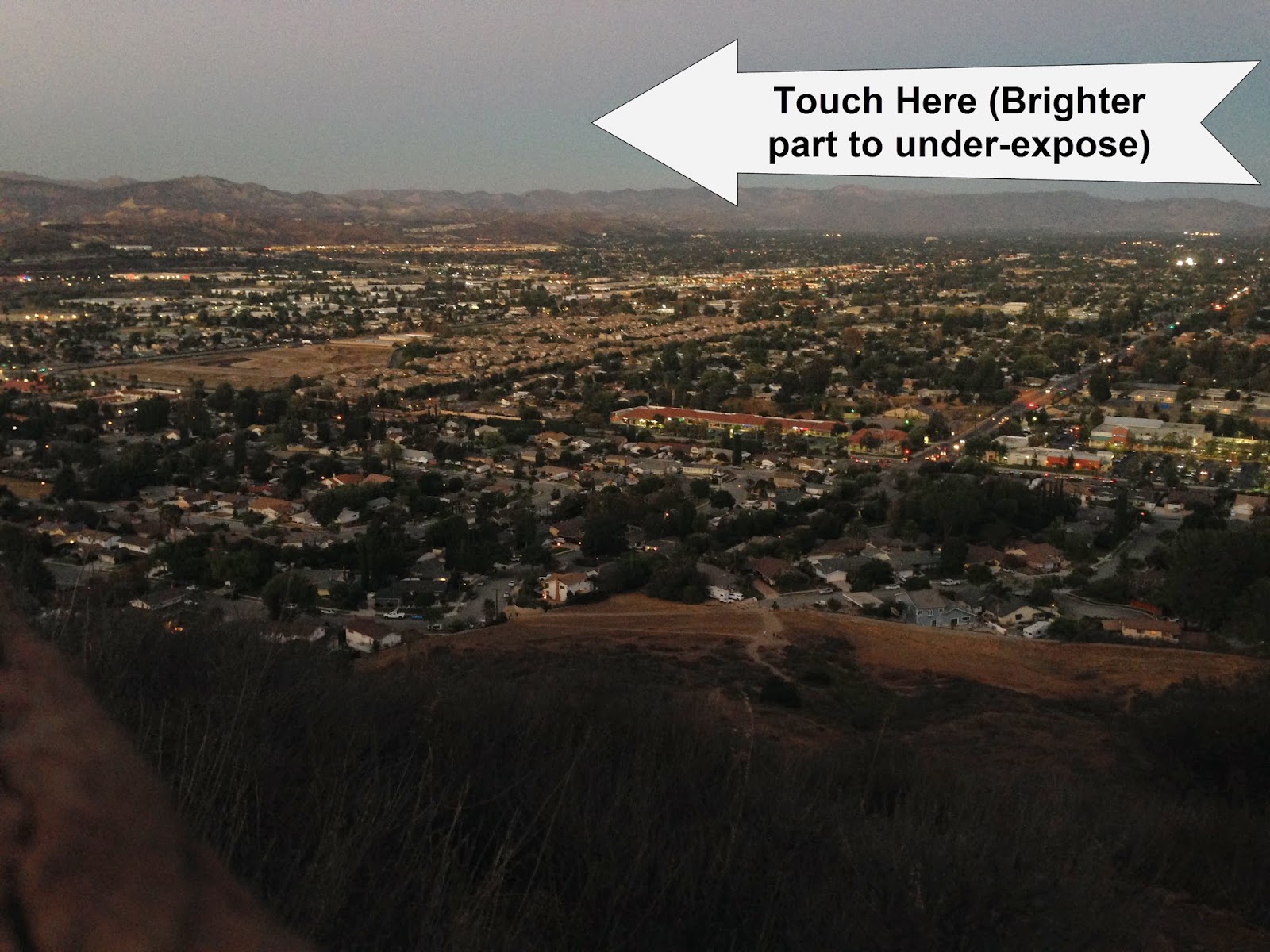Smartphone cameras are more prevalent and more popular
than dedicated cameras these day. There are two main reasons. Most of us have a
smartphone with us most of the time and this results in an always-available camera.
The second reason is that the smartphone cameras are getting better in
capabilities. They generally have respectable 8MP resolution and they do pretty
good job for day-to-day photography in good natural light.
As you have noticed, most smartphones are fully
automatic in nature. They don’t let you do manual focusing or select aperture,
shutter speed or ISO. Thy generally have just one or two controls. They
generally let you select Flash. Other than that, there is nothing else you can
do.
Advantages of phone cameras:
·
Easy to use.
·
Always Available: We have them with us almost all the
time. There is no need to carry an extra gear!
·
Shortest response time: Compared to a typical camera
which you have to take out of the bag, turn on, focus and shoot, a phone camera
is always on and you can take a photo in a fraction of a moment.
·
Offers Auto-backup: In your traditional camera, your SD
card can go bad or can get lost but most camera phones automatically backup
photos in cloud storage.
·
HDR and Panorama: Unlike traditional cameras, most
smartphone cameras these days offer HDR and Panorama shots. With HDR, you can
easily take day light, high-contrast photos with more details than a regular
capture. The Panorama offers you to take wide angle shots very conveniently.
·
Wide Angle photos: Most phone cameras are naturally wide
angle so you can cover more without needing to change a lens.
·
Macro photography: Smartphone cameras are great for good
light macrophotography. No need for a macro lens or changing any settings.
Issues with camera phones:
·
Not many controls available. You can’t do much if you don’t
like the shot your camera takes.
·
Tiny sensors and tiny lenses limit your ability in low
light or indoors. Many times your photo may look better in iPhone’s retina
display or Samsung’s bright LCD screens but viewing them on a standard computer
monitor or an HDTV, you will see the issues.
·
If you print camera phone photos, most of them may not
look as good as photos taken with a dedicated camera.
·
Flash. Most phone cameras have a flash but I think their
flash is more of an issue than an advantage. Their Flash is a tiny LED which
most of the time will wash out your subjects in photos.
How to take better photos with a smartphone
camera?
1. For taking photos
of the landscapes, turn on HDR and take some phones with HDR too.
2. Many times for
landscapes, use Panorama feature to make your landscape photos look even
better.
3. Enable your
phone camera to take photos with touching the screen. This is one powerful way
to take better photos with your smartphone. When you touch, camera focuses on
that particular subject. This way you can control the focus in your camera. The
area you touch also tells camera to expose based on the light in that area. If
you touch a dark area in your frame, your smartphone will think that the scene
in front of it is dark so it will take in good deal of light. This can result
in more details but some parts getting washed out. On the other hand, if you
touch some brighter area, the phone will think that the scene is too bright so
it will take in less light. This will result in an under-exposed darker photo.
Here is an example. On my hike, I took a photo of Simi Valley, CA in Auto mode (I mean just pressing the Capture- Shutter Release button):
Here is an example. On my hike, I took a photo of Simi Valley, CA in Auto mode (I mean just pressing the Capture- Shutter Release button):

Now if I wanted to get better sky colors, I would need to tell my iPhone to take in less light. To achieve this, I touched the sky in the frame. Here is a photo which captures the sky colors well:

Now if I want to over expose the phone, I would touch the darkest part (most towards the bottom of the frame). Here is a photo with much more light in. It has much more details but the sky is washed out:
If you are reading this article on a bright table or a phone, you may not see the variance in light but on an IPS monitor (or in reality), all 3 photos have different exposure/light. Also, I am not telling you which photo is better here but I am trying to show you that you can control the light intake or exposure with a smartphone camera even though there may be no button there.

No comments:
Post a Comment